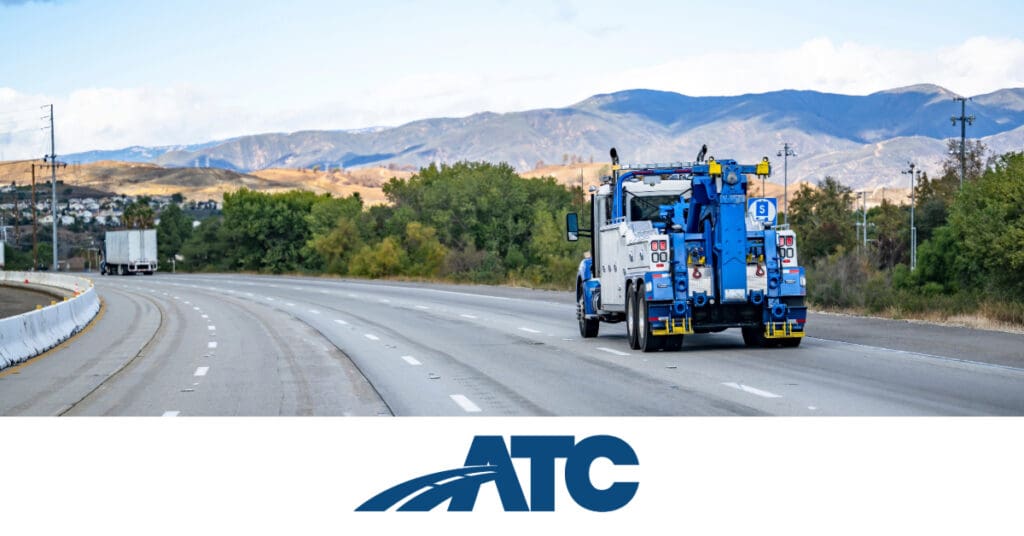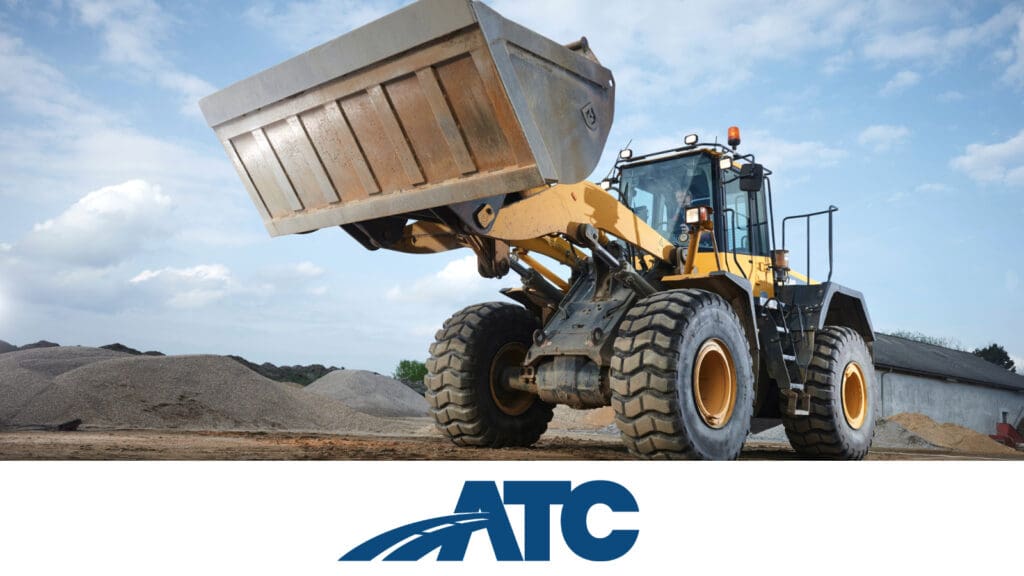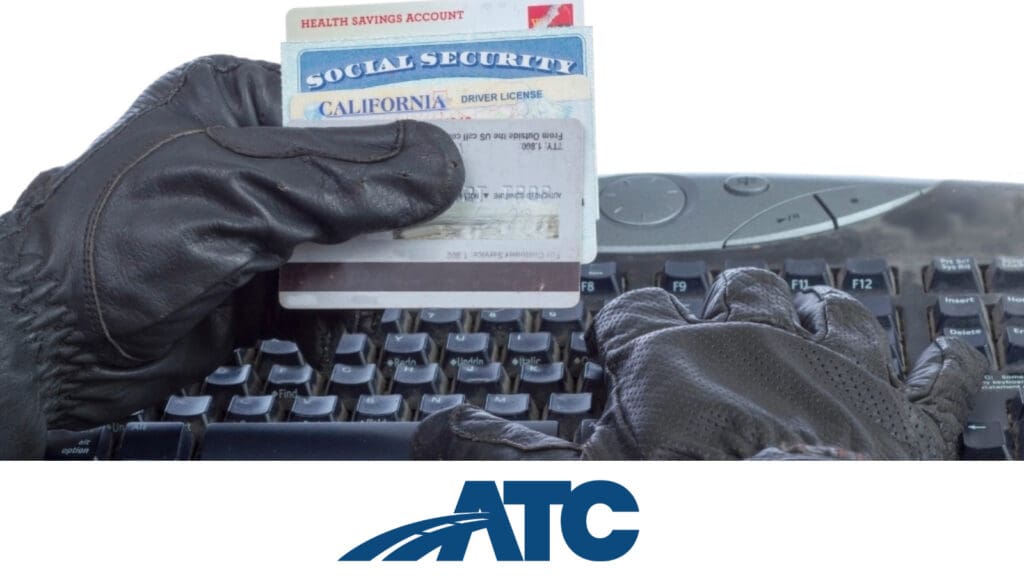Driving a truck can be demanding and challenging, requiring truckers and movers to navigate long hours, various traffic conditions, and the constant pressure of meeting schedules. However, the most crucial aspect of this job is safety.
Safe driving not only ensures the protection of yourself and your cargo but also the safety of other drivers and pedestrians on the road.
Let’s explore 5 safe driving practices for truckers and movers. Protect yourself, your cargo, and all those sharing the road with you:
1. What distance to keep between you and the vehicle ahead
Safe driving is all about maintaining the proper distance between your truck and the vehicle in front of you. This helps to prevent accidents caused by sudden stops or changes in traffic conditions. The general rule of thumb for trucks is to maintain a minimum distance of one second for every 10 feet of your vehicle’s length.
For example, if your truck is 40 feet long, keep at least four seconds of distance between you and the vehicle ahead. To measure this, watch as the vehicle in front of you passes a stationary object, then count the seconds until you reach the same object. Make sure to increase this distance in adverse weather conditions or during heavy traffic.
Be sure to stay alert and maintain a safe following distance to avoid collisions and ensure a safe driving experience.
2. How to be prepared for a quick exit
In case of emergencies, being prepared for a quick exit from your truck is crucial for safe driving. Keep the pathways between the driver’s seat and the cab door clear of any obstacles. Practicing exiting your truck quickly is essential to prepare for possible emergencies.
One thing you can do is to make sure all your personal belongings are stowed away and not blocking the exits. Additionally, ensure the driver’s side window is functional, as it may serve as an emergency exit.
Practicing routine inspections of your truck’s cab and practicing emergency exits can save valuable time in case of an emergency and contribute to safe driving.
3. Adjust speed and driving breaks
Maintaining a safe speed and taking regular breaks contribute significantly to safe driving for truckers and movers. Adjust your speed according to the road conditions, weather, and traffic to avoid accidents. Schedule regular breaks during your trip to keep yourself alert and refreshed.
For instance, if you’re driving for more extended periods, the Federal Motor Carrier Safety Administration (FMCSA) recommends taking a 30-minute break after eight hours of driving.
Regularly assess your schedule and plan for breaks to ensure you’re well-rested and maintaining safe driving habits.
4. Stay off your cellphone
Distracted driving is a leading cause of accidents, and using your cell phone significantly increases the risk. Staying off your phone and focusing on the road while driving is crucial to prioritize safe driving practices.
If you need to make a call, use a hands-free device or pull over safely to the side of the road before using your phone. Additionally, eliminate distractions by putting your phone on “Do Not Disturb” mode or using applications to block incoming calls and messages while driving.
5. Don’t become that driver
A critical aspect of safe driving is to avoid becoming a negligent driver that puts others at risk by engaging in dangerous behaviors such as tailgating, cutting off other vehicles, or speeding. Instead, stay vigilant and prioritize the safety of everyone on the road.
Obey traffic rules, signals, and lane markings. Use your turn signals, and avoid sudden lane changes without signaling, which can lead to accidents.
By committing to safe driving practices and respecting other road users, you contribute to making the roads safer for everyone.
Learn more tips on how to drive safely with ATC
Safe driving for truckers and movers requires a combination of focus, awareness, and preparation. By maintaining a safe distance from the vehicle in front of you, being prepared for quick exits, adjusting speed and taking driving breaks, staying off your cell phone, and avoiding dangerous behaviors, you can ensure not only your safety but also the safety of those around you on the road.
Remember, accidents caused by careless or distracted driving can have devastating consequences for all parties involved. Therefore, as a professional trucker or mover, commit to safe driving practices to ensure a successful and safe journey.
For more information and tips on becoming a safe trucker/mover, visit our website.
And always remember, safe driving is not only your responsibility, but it is also your duty to ensure the safety of everyone on the road.










